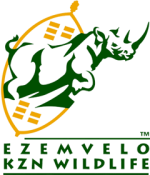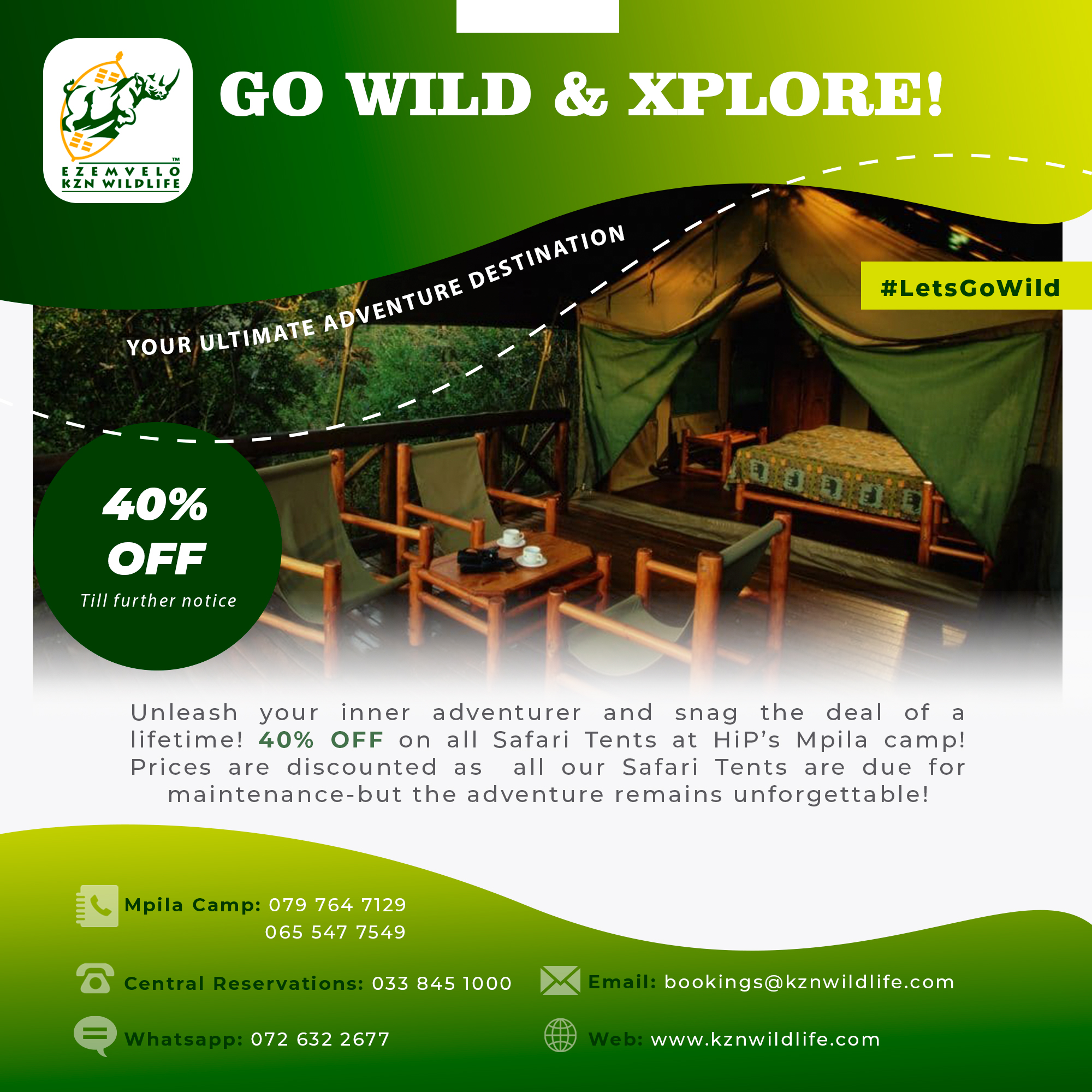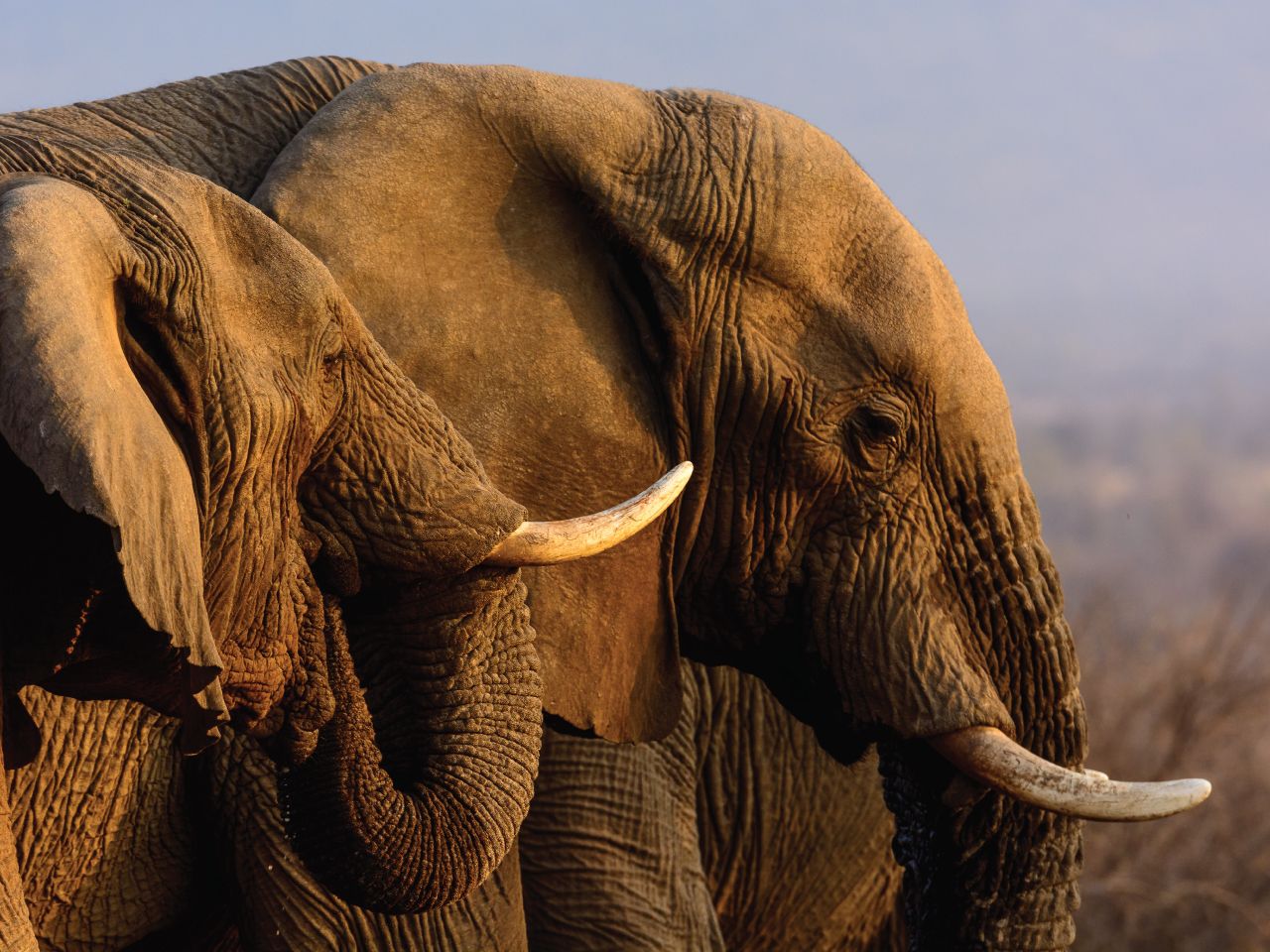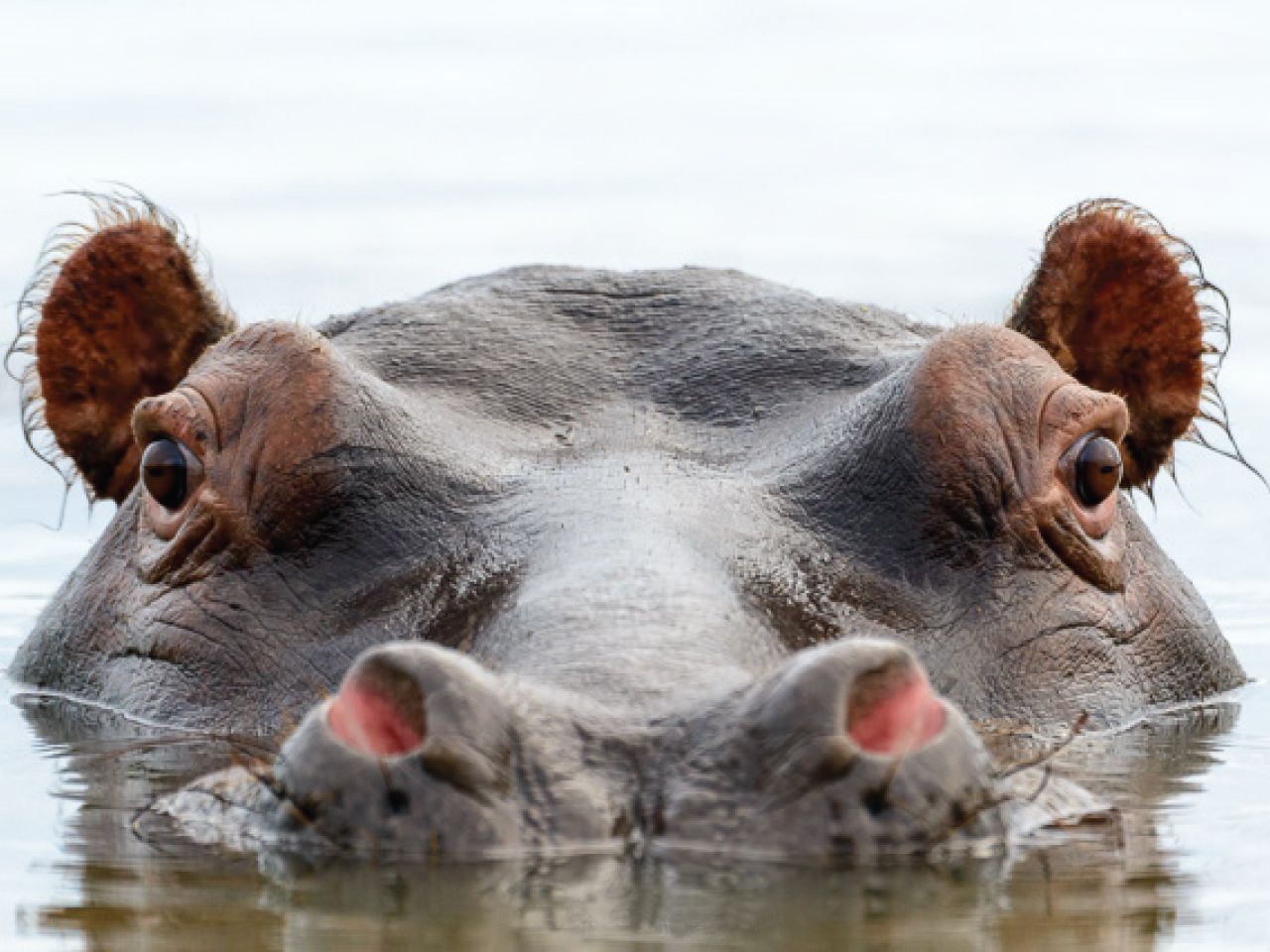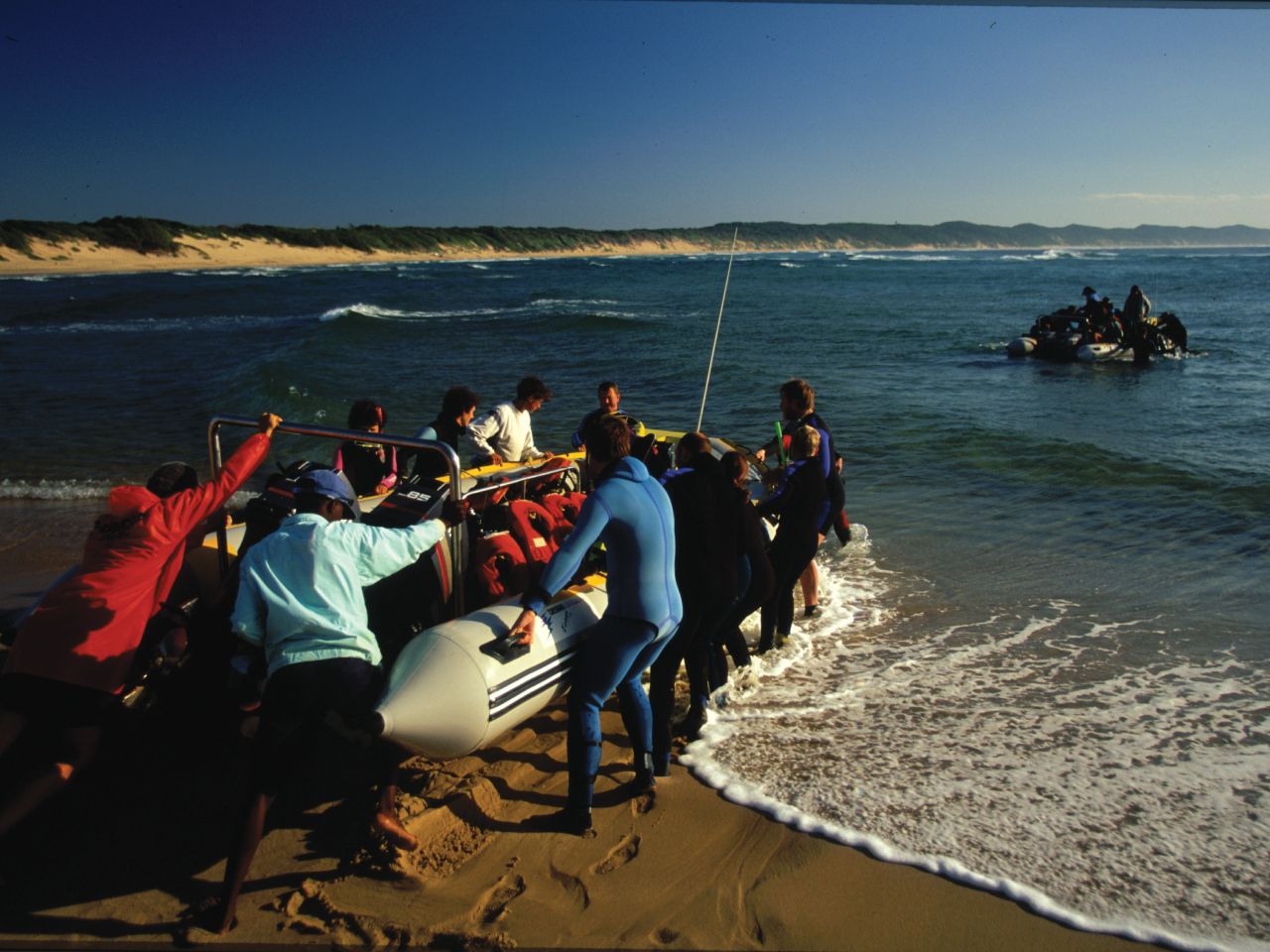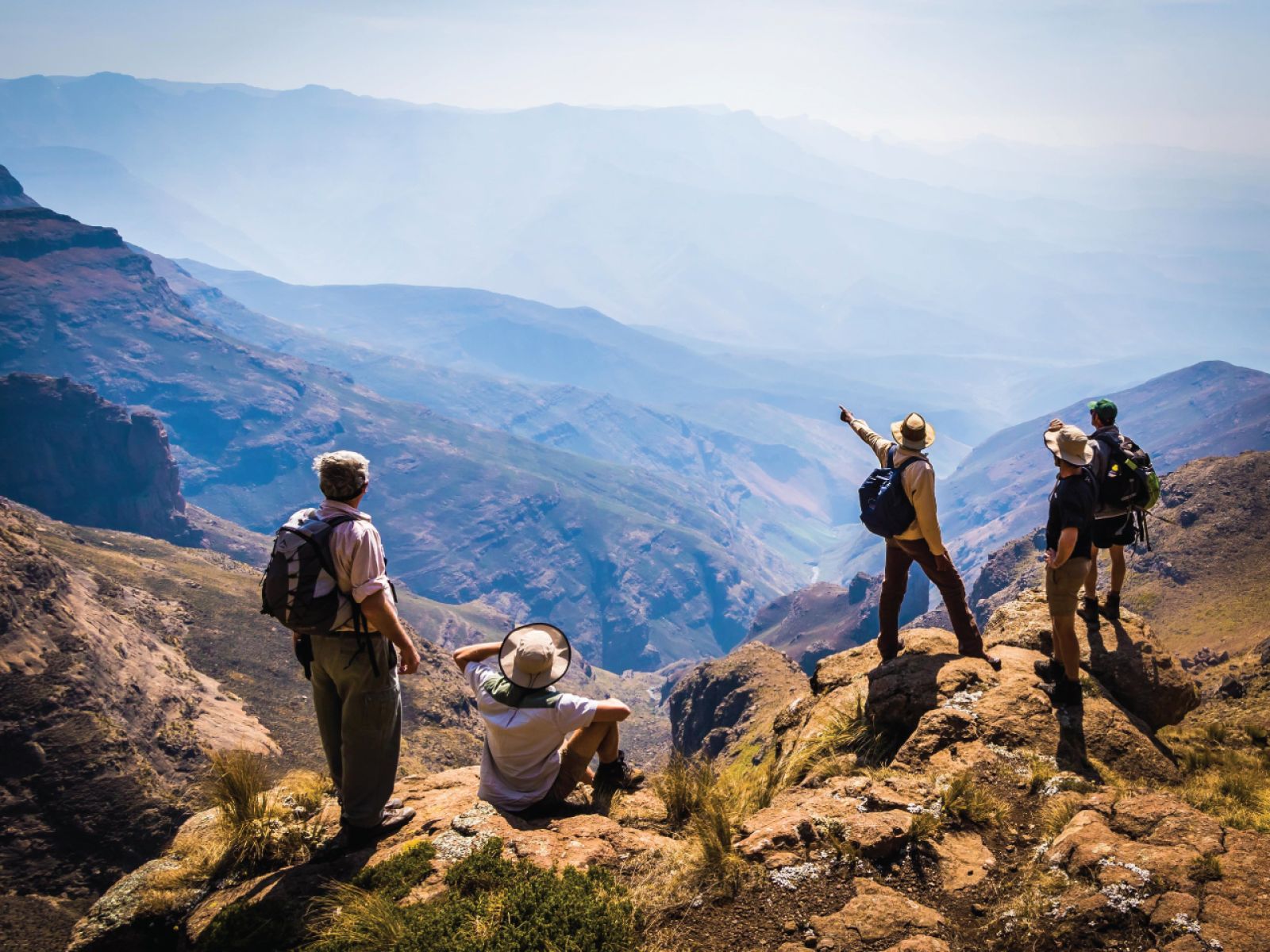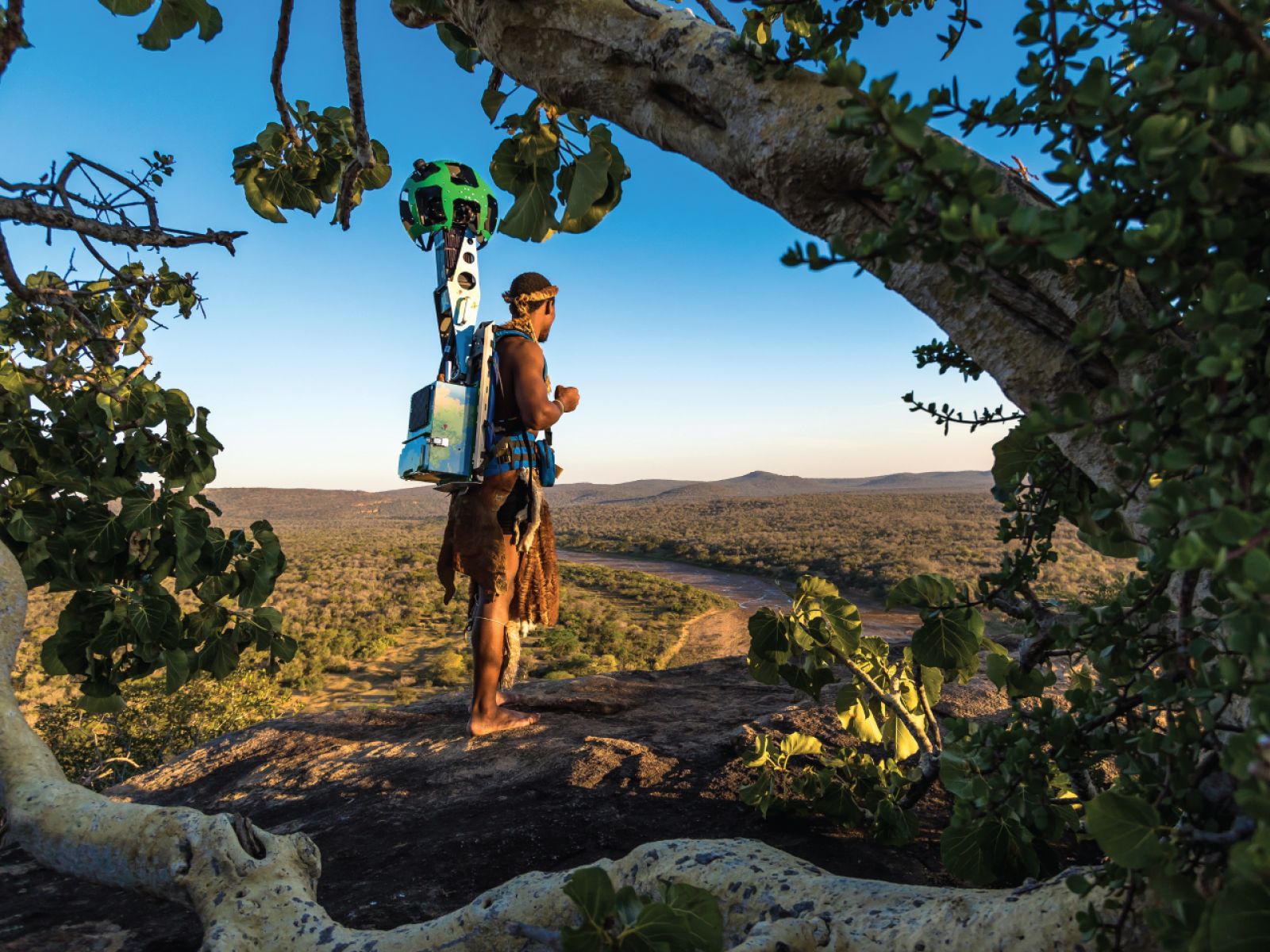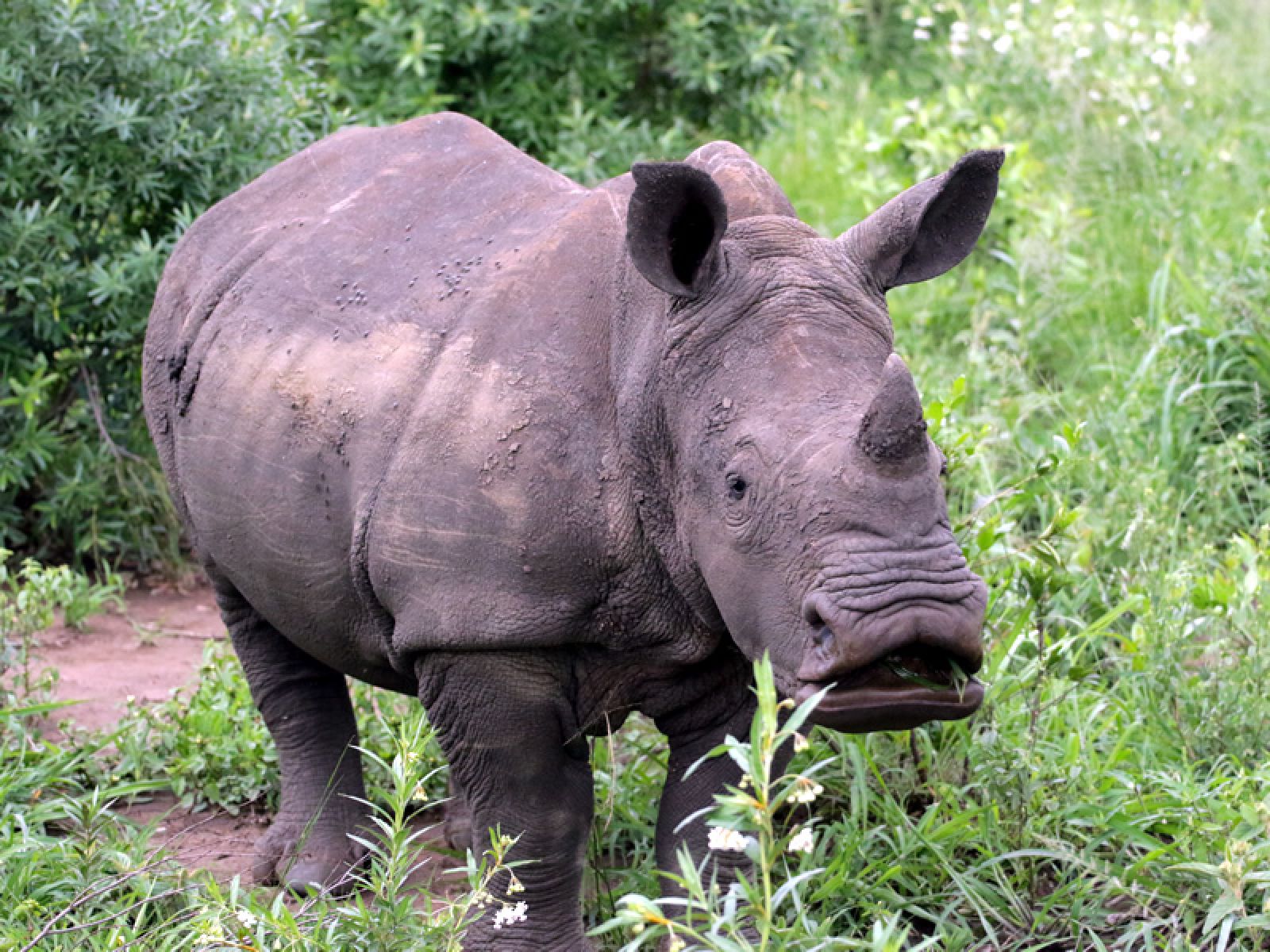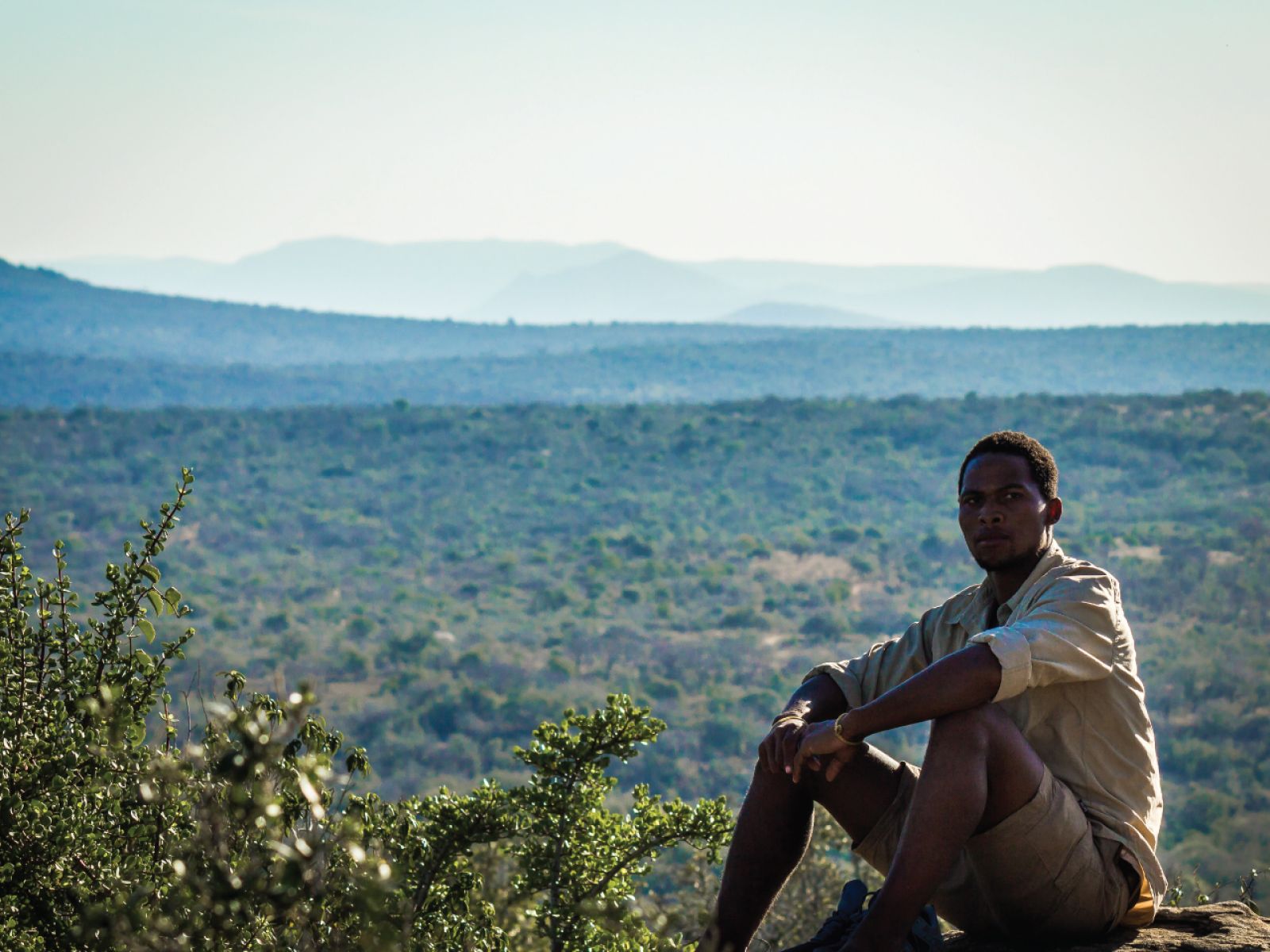Ezemvelo News
Drunk driver crashes into cottage at Midmar Dam causing huge fire
...in PMB No injuries have also been reported. Ezemvelo Wildlife confirmed that there had been a fire at the resort on the Wednesday before the Easter Weekend but is yet to release a statement on the incident. At Caxton we employ humans ...
Camp empowers boys, young men
...goat husbandry. Thursday highlighted environmental conservation with Ezemvelo KZN Wildlife who spoke about protecting nature. On the final day of the camp the leaders had a heartfelt talk with the boys about discipline and ...
Tiger cub rescued from backyard captivity now under national protection
...enclosure in a backyard in Pietermaritzburg` FreeMe Wildlife said. The wildlife sanctuary confirmed that the cub was confiscated and taken to FreeMe Wildlife to be held as tempo- rary evidence and a case was opened by the Pietermarit...
A bridge too far Wild Coast is closer than you think
...landowners and Ezemvelo KZ N Wildlife. Williams is custodian and part-owner of the i8oha re- serve inside which the actual desert covers less than nha and is only Zoom wide at its broadest. `By the time you come across it you`re halfway ...
A bridge too far Wild Coast is closer than you think
...landowners and Ezemvelo KZ N Wildlife. Williams is custodian and part-owner of the i8oha re- serve inside which the actual desert covers less than nha and is only Zoom wide at its broadest. `By the time you come across it you`re halfway ...
Drunk driver crashes into cottage at Midmar Dam, causing huge fire
...He was able to get out of the vehicle just before it exploded. The explosion cause the whole cottage to catch firer he said. No injuries have also been reported. Ezemvelo Wildlife confirmed that there had been a fire at the resort on ...
WILD IS THE WORD
...landowners and Ezemvelo KZN Wildlife (officially the KwaZulu-Natal Nature Conservation Board). While legend has it that the veld denudation was created by over-grazing by local tribesmen Matt says this is only part of the desert`s ...
2nd Call for Public Comment - Staff Accommodation at Mpila Camp, Hluhluwe-iMfolozi Game Reserve
Notice is hereby given that an application for environmental authorisation (EA) in terms of the EIA Regulations, 2014...
EZEMVELO HAS WELCOMED THE ANNOUNCEMENT OF A DECLINE IN RHINO POACHING FIGURES.
Ezemvelo KZN Wildlife (Ezemvelo) CEO, Mr. Sihle Mkhize, has welcomed the announcement made by the Minister of Forestr...
HLUHLUWE IMFOLOZI PARK MANAGEMENT ENGAGES STAKEHOLDERS ON HUMAN-WILDLIFE CONFLICT
Ezemvelo KZN Wildlife’s Hluhluwe iMfolozi Park (HiP) Management led by the Park Manager, Mr Amos Tembe convened a sta...
© 2024 KZN Wildlife ALL RIGHTS RESERVED.
